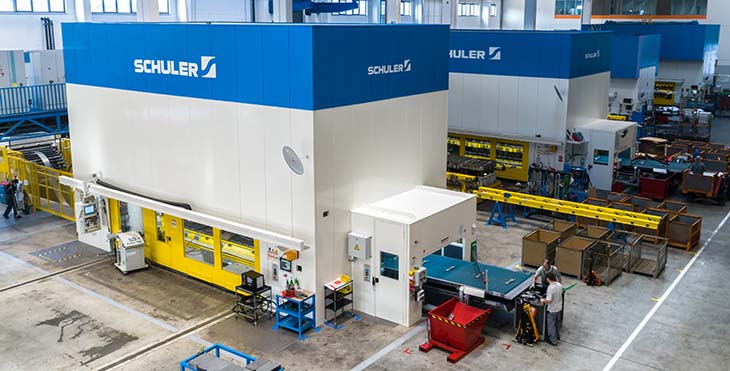The Trans-Siberian Railway is the longest train route in the world and offers an unparalleled view of the whole of Russia, from Moscow to the Siberian taiga to the famous Lake Baikal, and over a hundred cities (and thousands of kilometers of rolling countryside) in between. The six-day journey from Moscow to the distant port city of Vladivostok happens aboard the branded Rossiya train, and tourists looking to take this famous ride have a number of options as to the best way to travel, based on their budget and their own personal preferences. What are these options, and which is right for you?
What kind of train is Rossiya?
The Rossiya is what is known as a branded, or “firmeny” train - a designation for the more modern and high-quality trains, generally found on more popular routes such as the Trans-Siberian. Like other such trains, the Rossiya sports its own unique look - red, white and blue bands modeled after the Russian flag. The Rossiya is equipped with modern conveniences such as heat and air conditioning, on-board toilets and a dining car. There are three different classes of travel onboard the Rossiya, with options to appeal to travelers of all types.
SV (First Class)
Spalny Vagon (SV) or 1st Class is the most prestigious and expensive class of travel on the Rossiya. There will be a single 1st Class carriage with nine compartments, each of which can accommodate two travelers. Amenities include a TV, folding table, a 220v socket and a wardrobe. A single hot meal each day (either breakfast or dinner) is included in the price. Bedding and towels are provided, as is a basic hygienic kit, slippers and daily newspapers. The compartment is accessed via a key card for security, and each compartment has a call button to summon the attendant (“provodnik”). Note that, unlike the 1st Class compartments on other trains, those on the Rossiya do not include private toilets or showers (rather, bathrooms are at each end of the car). Nonetheless, they are still the most comfortable and private way to ride the Trans-Siberian Railway and are a good choice for those whose budget allows for the estimated $1600 price for the full route.

Staff carriage
Disabled tourists can have the same opportunity to enjoy the Trans-Siberian Railway as any other, as there are two compartments in the staff carriage especially accommodated for disabled passengers. These two-person compartments offer handrails, special safety belts and wider toilets and showers, and the carriage itself has a wheelchair lift for boarding. If needed, attendants at the station can provide assistance with boarding and disembarking.
Kupe (Second Class)
The Rossiya has five 2nd Class carriages, also called kupe carriages, with nine compartments and a small washroom on each end of the carriage. Each compartment sleeps four, with two upper and two lower bunks, and like the 1st Class compartments these include a folding table, a TV, a basic hygienic kit and a single power socket. These compartments are also accessed with a key card and feature a call button for the train attendants. Bed linens are included in the ticket price, as is a single cold meal, newspapers and a travel kit. With a price tag half of that for 1st Class (about $820 US), Kupe is the ideal compromise between cost, privacy and comfort, and is generally the most popular class among Western tourists, especially those traveling in small groups (making the four-to-a-room compartments ideal) or those who don’t mind sharing space for the length of a short trip.

Platzkart (Third Class)
The single best way to describe riding “Platzkart” on a Russian train may be with the phrase “a hostel on rail”. The Rossiya will have two of these open-plan carriages, in each of which over 50 bunks share a common space. There are no included amenities beyond bed linen, though meals and newspapers can be purchased (and of course the Rossiya’s many stops give additional options to find both), and it hardly needs to be said that there’s not much to be found in the way of either quiet or privacy. However, at about $170 US for the full route from Moscow to Vladivostok, it is certainly the most economical way to travel on the Rossiya. And while Western tourists are scarce in these cars, the Platzkart carriages can be an interesting experience for those that want to hobnob with locals and maybe get a chance to work on their fluency in Russian.
In short, the Rossiya offers an opportunity for tourists from the well-heeled to the struggling college student to see the full majesty of Russia. Whatever your taste and budget, whether you ride the whole way to Vladivostok, or just take the Moscow to Irkutsk train to see Lake Baikal, you can find a grand adventure on the Trans-Siberian Express.



























